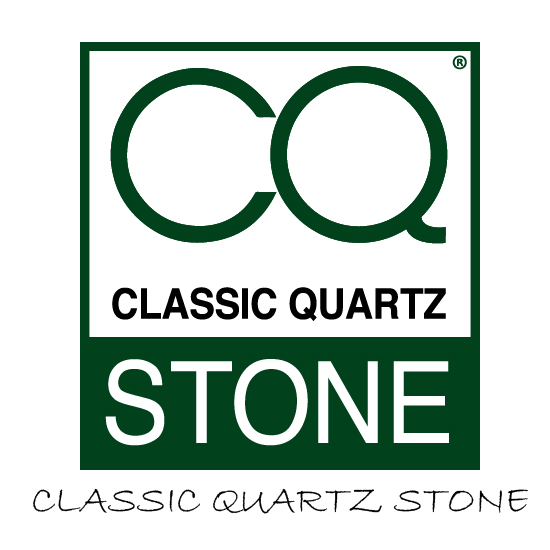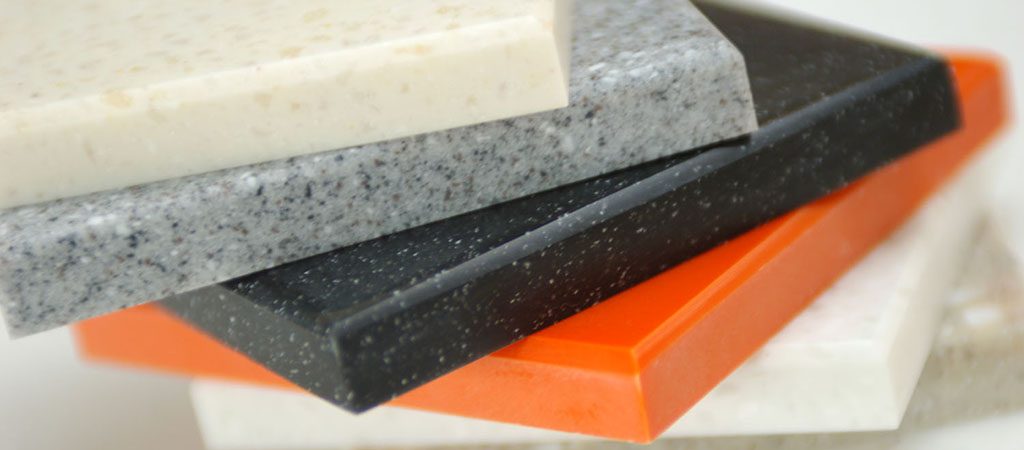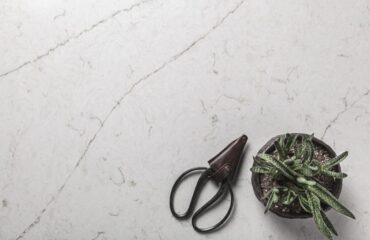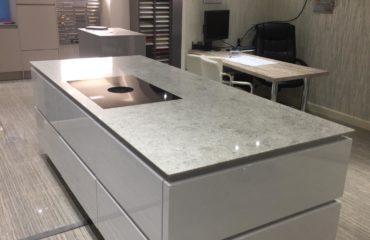Solid countertops have been part of our homes for the last 5 decades or so. Assuming that today is their half-century birthday, we will celebrate this milestone with a closer look at solid countertops. Having in mind that the countertops have been is use for fifty years, we can say that their reputation among homeowners is quite solid (pun intended).
There is never a perfect surface. Every material has its flaws and strengths. As much as the stainless steel countertops are valued by professional cooks, they are neither cost effective nor practical in our homes. The more cost effective ones such as wood and ceramic are either porous, hard to clean or have grout lines that look nasty. Well, the hard, non-porous one that are easy to clean are expensive and prone to cracking and chipping.
The idea behind solid surfaces was to create something that looked like natural stone but unlike the natural stone, it was non-porous. When you take granite for example, you will notice a wild make-up of particles that form the slab.
Beautiful to look at but creates different avenues for cracking and breaking. When you hear about solid surface, one thing comes to mind; sturdy and stable base. But that’s just the peripheral meaning. The real idea behind solid surfaces is to create a surface that is the same all through – the top is the same as the middle and the bottom.
And what are the major selling points of solid surfaces?
• Hardness
Solid surface countertops are hard and resist bacterial growth. When compared to quartz countertops, the solid surfaces are not as hard as quartz since they are prone to scratches and scrapes, but having in mind that quartz scores a seven on the Moh’s hardness scale, then it is not soft either. To put things into perspective, diamond rates 10 in the same scale. The fact that solid surfaces are not that hard, it is easier to repair them when they get scratched. Scratches can be buffed by hand or using a light rotary tool with a polishing accessory fitted. In case of burns, they can sanded away with fine-grit abrasive paper or sanding accessory.
• Versatility
Solid surfaces are very versatile. Like you would expect on any engineered material. Solid surfaces can be produced with different colours and designs. Just like quartz it can be manufactured without seams meaning that it can fit any shape or design. But unlike quartz, solid surfaces can be produced with many different edge finishes. You will never lack a suitable colour or design with solid surfaces.
• Nonporous
Solid surfaces are generally non-porous. They do not allow bacteria to settle on their surface and neither do they stain or absorb liquids. Besides being bacterial free, the non-porous nature of the solid surfaces means that they are easy to maintain and clean. Another advantage of them being that they live longer without necessarily being sealed.
The cons of solid surfaces
• This is not a DIY project
Sorry if you thought you will install your new solid surface worktop as a family activity over the weekend. You will have difficulty getting the required materials. You will need to be a trained fabricator or installer to work with solid surfaces. And did we mention the cutting tools? You will need those too, and given that they are special tools that don’t come cheap, I know you don’t want the overheads.
• Not so good in heated debates
Solid surfaces don’t handle heat as well as quartz does. As much as they can take some heat, putting a heavy, hot pan on the solid surface will either discolor or disfigure the surface. This is something that cannot be repaired.



